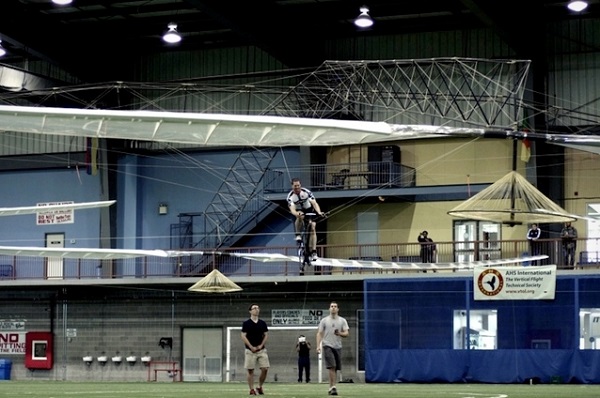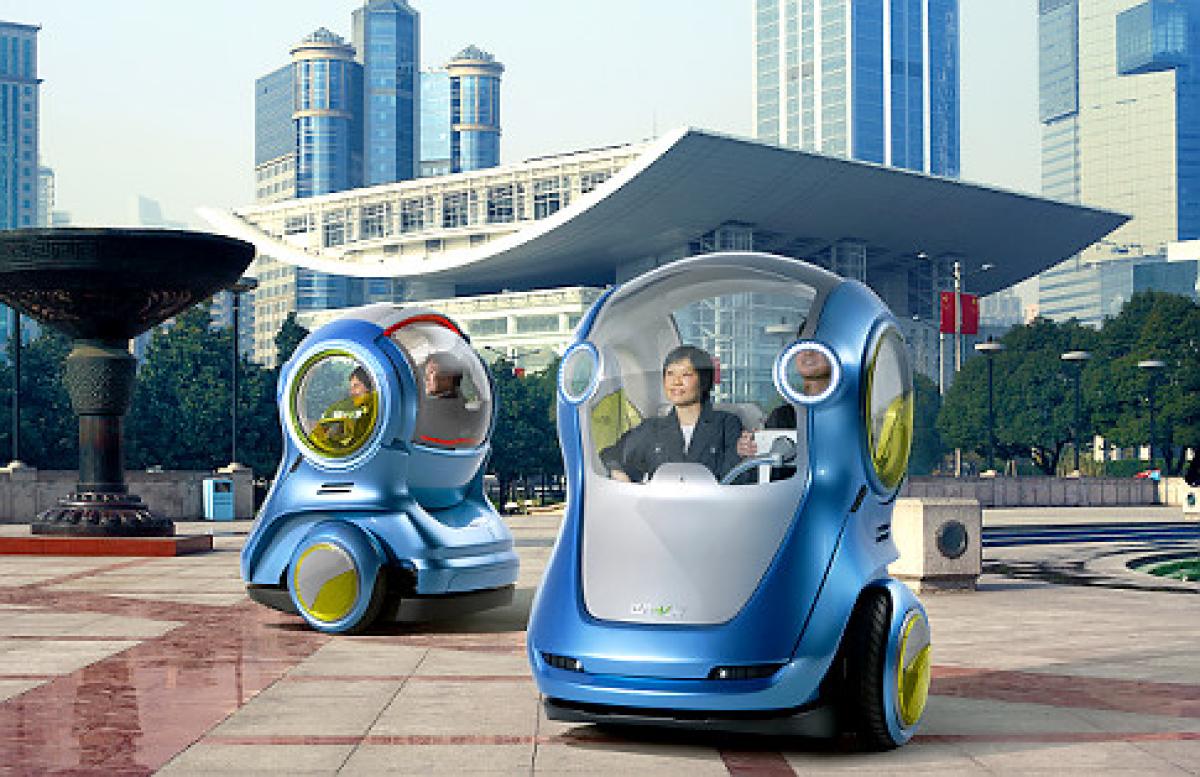The Sikorsky prize, one of the toughest and the longest running challenges in the history of aircrafts has finally been won by a team that built a human powered helicopter.
For the ones who don’t know, yet, that challenge implied flying a human-powered aircraft at a height of at least 9.8 feet, within a 32.8 by 32.8-foot square, for a minimum of 60 seconds. Ever since 1980, when the AHS (American Helicopter Society) established the Igor I. Sikorsky Human Powered Helicopter Competition, numerous teams have tried to take on the challenge, but they failed. Recently, a Canadian duo that even Leonardo da Vinci would have appreciated, made the impossible by flying a bicycle-driven helicopter, all this while respecting the above criteria.

Cameron Robertson and Todd Reichert, the two Canadians who invented this flying object, work as aeronautical engineers at the University of Toronto. Together, they put the bases of the AeroVelo company. Later on, they made a campaign on Kickstarter to get the funds necessary for building the aircraft.
The Atlas human-powered helicopter features four gigantic rotors that rotate independently. At its center, the aircraft has a bicycle-like wheel that the human in question needs to pedal so that the rotors turn. On June 13, Atlas flew at a height of 11 feet for 64.11 seconds, thus beating the challenge. The aircraft spans over 190 feet, and saying that it looks impressive is an understatement. You will have to watch the following video to get an idea about how big the Atlas helicopter really is.
As even the AHS admitted, the challenge seemed impossible, because “it did not appear that a pilot could generate enough power to produce sufficient lift from the helicopter’s rotors. Doing so would require a highly athletic bicyclist at a very light weight who could power a very large machine, also at a very light weight, and generate high lift from the rotors. AeroVelo succeeded with all of these.”
The two Canadians won the Sikorsky competition and went home with more than $250,000, but they have to remember that it was crowdfunding that made all of this possible. Since this prize has been won, the AHS will have to come up with another one in the coming months, so it keeps people busy. Of course, the next challenge will also seem impossible at first, but considering the ingeniousness of the human mind, I have no doubt that the next prize will be one, as well, hopefully in less than 33 years.
If you liked this post, please check the ultramodern ZERO helicopter and the Parrot A.R. Drone 2 quadricopter debut.










